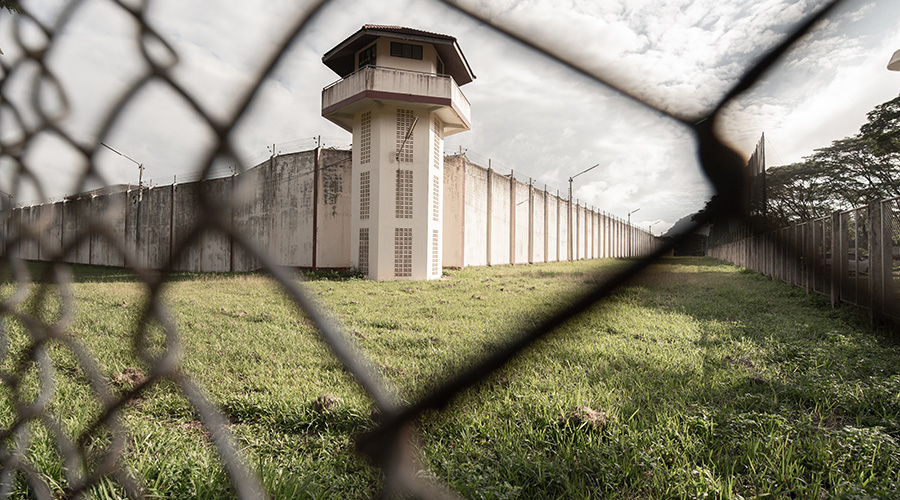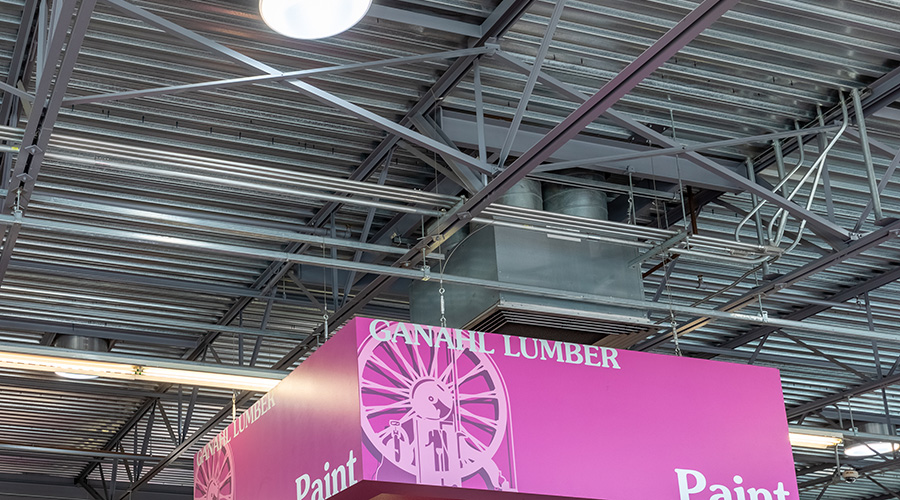
Protecting the Building Envelope with an Inspection Program
The New York Facade Safety Inspection Program reflects challenges all facility managers face May 16, 2024
By Jeff Wardon, Jr., Assistant Editor
Building envelopes and facades are the barrier keeping the inner world of a facility separate from the outside elements. They act as a shell to protect the occupants within from the hazards on the outside. Traditionally, the envelope includes the exterior walls, doors, roofs, windows and foundations.
With them being so critical to a facility, it is no surprise that the envelopes must undergo regular inspections to ensure they are in top shape. In fact, New York City’s local government created its own Facade Safety Inspection Program (FISP) for this reason, given it is home to buildings of many types and sizes.
FISP accounts for all these sizes, whether they be low-rise, medium-rise or high-rise, according to Luis Casiano, associate – technical director at NYC-based Katz Architecture.
“The steps that they have to follow are the same,” says Casiano. “Obviously on a high-rise building there is more of an impact on the economic side and on the planning side because a lot of the facades are a little less accessible since the building is taller. A lot of planning must go in to make sure that all the components that need to be inspected and addressed are considered to lessen the chance of being out of compliance or having a problem missed that further causes issues in the future.”
FISP is required to be followed in NYC, says Ivan Silva, AIA, QEWI, associate - façade compliance specialist at Katz Architecture. Every five years, a building’s facade must be maintained and inspected by a Qualified Exterior Wall Inspector (QEWI). Doing this means facility managers will have to think ahead about how much to invest in repairs, Silva says.
David Katz, AIA, founder of Katz Architecture, adds that the inspection that is conducted every five years is required as part of FISP. It is also the first step in a two-step process, and once it is done, a building is either deemed safe or unsafe. Following that is the second step, which Katz says is doing the corrective work based on the inspection.
Even if a building is deemed safe, there can still be some repairs and maintenance needed. Though, this has a bit more leeway and can be done within the subsequent five years. However, if a building is deemed unsafe, action must immediately be taken to address whatever issues were found.
Additionally, certain repairs are noted as Safe with a Repair and Maintenance Program (SWAMP) items, Katz says. If any of those SWAMP items are not corrected within the five years, they immediately are designated as unsafe. It ultimately acts as a rolling set of requirements that need to be met so that these buildings are protected from being held liable.
With all this to consider, it is quite a burden to bear for the facility manager. This is why Silva recommends facility managers have a support system in place, consisting of a registered design professional, a contractor and lawyers. Having a team such as this will help keep things on track with the program so things do not get too costly.
“However, the biggest problem of course in all of these is the enormous amount of liability that these buildings carry,” says Katz. “Because if something does go wrong, there is a tendency for it to really be catastrophic. So, all these facilities managers need to be very cautious, and they need to be surrounded by a good team of people that makes sure that they are as protected as they could be under the circumstances of it.”
Jeff Wardon, Jr. is the assistant editor for the facilities market.
Next
Read next on FacilitiesNet












